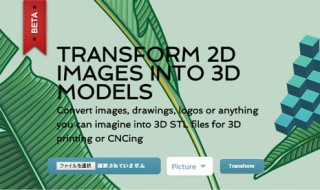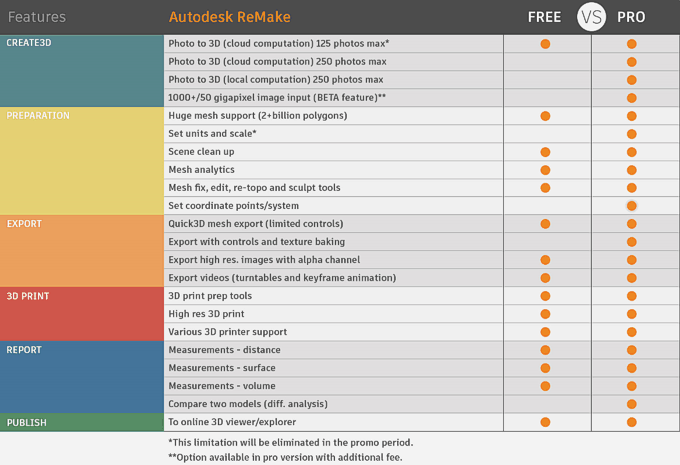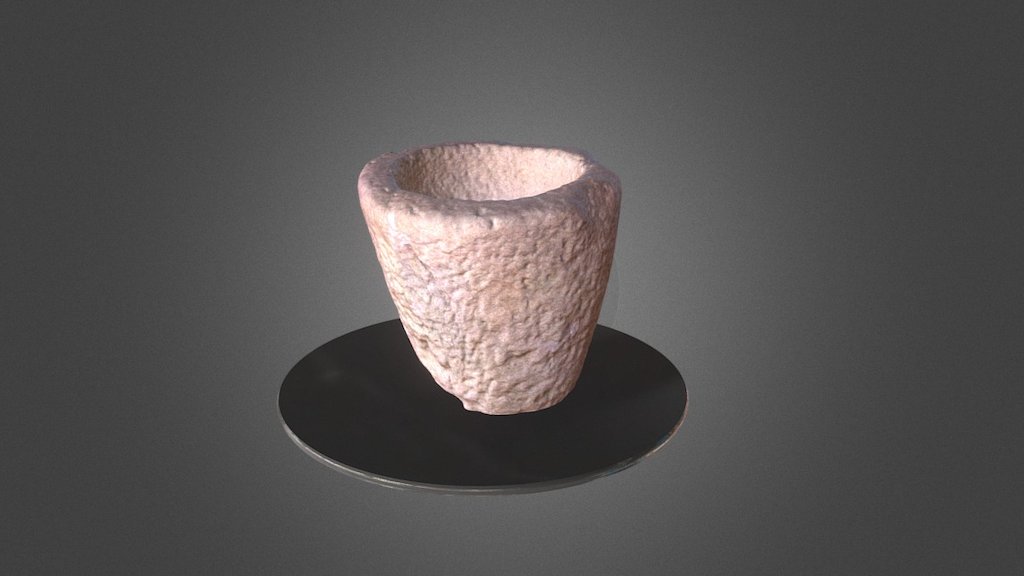

Driven by a compilation process that visualizes the complexity of the current digital age, resulting in a Physical Memento, highlighting the value of the leftover and at the same time sculpting a reminiscence of specific junctures in time. The artwork speculates on languages and iconographies, emphasizing the lack of content, language, or meaning, not simply based on the super-collection and sharing of images: but rather as a part of a social relationship between people that is mediated by images. A transversal term intertwined between man and habits, highlighting the identity of a space, a particular historical-cultural bond that makes it unique and recognizable.

A Mac version will become available in late March, with interactive 3D publishing on the Web to follow.Genius Loci has profound implications in place-making, falling within the philosophical branch of phenomenology, intending to identify the set of socio-cultural, architectural and language features that characterize a space or an environment. Memento is currently available as a cloud-connected desktop app on the Windows platform. Autodesk will soon open an online gallery that stores 3D digitzed models, which can be shared interactively, export Filebox content with cameras that allow graphic artists to better alter the texture of the digitized models, view of the photo camera positions in 3D space, and more robust photo processing capabilities.

The beta release includes a new website with educational resources and use cases. Memento’s key feature, according to Autodesk, is that it doesn't require users to be CAD experts. It could prove especially useful to architects, who could use the program to create digital models, 3D print any captured or modeled data without forced downsizing, or use captured reality as inspiration to start new designs. This can be used to model anything from buildings to products and small parts for prototyping. Autodesk is marketing the software to a variety of sectors, including media, medical, engineering, and industrial.


 0 kommentar(er)
0 kommentar(er)
